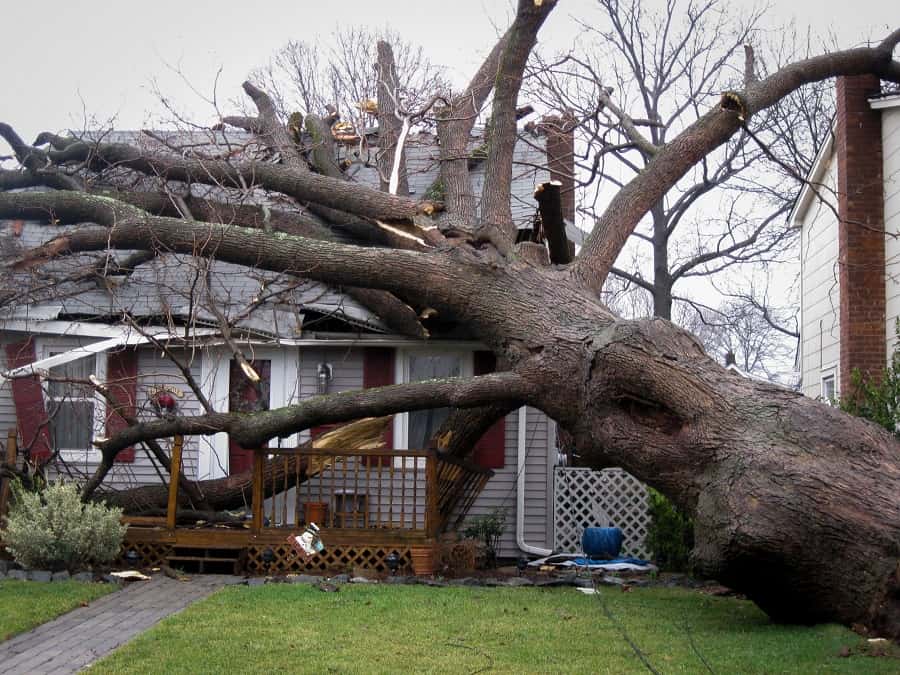Most property owners don’t realize that insurance claims can directly influence their property valuation and not always in ways that benefit them. If you’ve filed an insurance claim recently, there’s a chance your property appraisal doesn’t reflect the reality of your property’s condition or value. Understanding this link is essential to protecting your investment and keeping your property tax bill fair.
Why Insurance Claims Matter to Property Values
When you file an insurance claim, it typically documents some form of damage or loss roof damage, flooding, fire, or structural issues, for example. These claims are more than just paperwork for your insurer; they’re also public records that county appraisal districts can access.
If the repairs have not been made or the damage significantly impacts your property’s market value, your appraised value may be too high unless you protest.
How Appraisal Districts Use Insurance Claim Information
While appraisal districts aren’t supposed to directly base your valuation on your insurance claim, these documents can indirectly influence their assessment. For instance:
- A claim may reveal significant damage that has since been repaired meaning your current appraisal may overestimate value.
- A claim may show damages that were never fully addressed which would justify a lower value.
- Claims may suggest a pattern (like ongoing foundation issues) that impacts resale potential.
That’s why it’s critical to cross-reference your claim history with your Notice of Appraised Value.
When Insurance Claims Work in Your Favor
Insurance claim documentation can actually strengthen your case during a property tax protest, especially if:
- Repairs were never completed
- Damage affected marketability
- Your home or commercial building lost value due to visible deterioration
Submitting photos, repair estimates, or claim summaries as evidence can result in a lower taxable value.
Common Situations Where This Link Shows Up
- Roof damage from storms: If your roof was damaged and hasn’t been fully repaired, your home is worth less.
- Flood damage: Even with repairs, lingering stigma and risk can reduce property value.
- Foundation issues: These are costly and often not fully resolved, making a strong case for protest.
- Fire or water damage: May cause long-term depreciation even if the home looks restored.
How TexasPVP Uses Insurance History Strategically
At TexasPVP, we understand the power of insurance documentation. When we represent a client:
- We review recent insurance claims that might impact value
- We gather supporting evidence like repair quotes and photographs
- We build a case that shows the appraised value does not reflect actual condition
This kind of strategic insight makes a difference when protesting especially with commercial properties or high-value homes.
What Property Owners Should Do
If you’ve filed an insurance claim in the past year or two, don’t ignore it when reviewing your property valuation. Instead:
- Compare your post-claim property condition to the appraised value
- Gather repair documents, insurance payouts, and contractor quotes
- Talk to a professional to determine whether a protest is warranted
Why This Matters Now
Many appraisal districts don’t have access to the nuances of your situation. They’re working off broad data sets — not your claim history or photos. Without a protest, you may be taxed on a version of your property that no longer exists.
Don’t let your insurance history work against you. Use it to your advantage with a professional protest strategy.
Let TexasPVP Help You Make It Count
We specialize in building strong, evidence-based protest cases for Texas property owners. Whether you’re a homeowner, investor, or commercial property holder, we know how to integrate insurance documentation into a winning appeal.
Get in touch with TexasPVP today and make sure your valuation tells the full story.






